Pricing isn’t static anymore—at least not if you’re operating in a market that moves fast and penalizes delay.
Whether you're running an e-commerce business, managing hotel bookings, or operating a high-volume SaaS platform, relying on fixed price tags leaves value on the table. Competitors adjust. Demand fluctuates. Inventory positions change. Static pricing systems can’t keep up.
That’s where dynamic pricing comes in. It’s not just a pricing strategy—it’s a system that continuously recalculates product or service prices based on market conditions, customer behavior, supply-demand shifts, and business goals. But to apply this effectively at scale, you need software designed for precision, speed, and contextual decision-making.
Over the last few weeks, I’ve been evaluating multiple dynamic pricing platforms across industries. I wasn’t just looking for feature checklists—I assessed adaptability, rule logic flexibility, data integration options, and real-time performance.
This guide covers ten software platforms that stand out in their category. Each one helps businesses move beyond guesswork—some via AI-based repricing, others with manual control dashboards backed by analytics. I’ll walk you through what each platform offers, how it differs from the rest, and what kind of use case it fits best.
If you’ve been thinking about pricing automation but unsure where to start, this will help clarify your options.
Evaluation Criteria: How We Selected the Best Dynamic Pricing Software
Every dynamic pricing platform featured in this list has been evaluated against six precise criteria. These parameters ensure the tools aren’t just functionally impressive but also operationally viable across industries—from retail and travel to e-commerce and SaaS.
Here’s the breakdown of how each platform was assessed:
- Ease of Implementation – How quickly can a team set up and start using the tool? Does it demand advanced engineering support, or is it usable by pricing analysts, marketers, and sales teams with minimal technical training?
- Pricing Strategy Flexibility – Can the platform support a variety of pricing models (real-time, rule-based, AI-driven)? How granular is the control over pricing logic and segmentation?
- Cost Efficiency – Does the tool offer measurable ROI by increasing revenue or reducing pricing errors? Is its pricing model transparent, scalable, and justified by the performance gains?
- Third-Party Integrations – How seamlessly does the platform integrate with existing tech stacks—ERP systems, e-commerce platforms, inventory management, and analytics tools?
- Scalability and Deployment Model – Is it available as a cloud-based service, self-hosted, or hybrid? Can it scale with growing product catalogs, customer segments, or global expansion needs?
- Time to Impact – How soon can users see meaningful results after deployment? Does it require extended configuration cycles, or can it start influencing pricing decisions almost immediately?
Using these benchmarks, this guide aims to help you identify a dynamic pricing solution aligned with your operational goals—whether you're optimizing margins on thousands of SKUs or experimenting with demand-based pricing for digital subscriptions.
Best Dynamic Pricing Software at a Glance
Selecting the right dynamic pricing platform can directly improve revenue optimization, price competitiveness, and operational agility. Below is a summary of the top 10 dynamic pricing software solutions—including starting prices (if available) and a concise overview of their strengths.
| Tool |
Starting Price |
Summary |
PROS |
| Smart Price Optimization |
Pricing available upon request |
Enterprise-grade pricing engine offering real-time price optimization using AI and demand forecasting across complex B2B and B2C environments. |
|
| Nected |
Pricing available upon request |
A rule-based automation engine built for configurable dynamic pricing, integrating decision logic, real-time pricing triggers, and product segmentation without heavy engineering. |
|
| Pricefx |
Contact for pricing |
Cloud-native pricing suite with real-time analytics, promotion management, and segmentation-driven price optimization. Strong focus on enterprise integrations. |
|
| Zilliant |
Pricing available upon request |
B2B pricing optimization platform with real-time quoting, price elasticity modeling, and sales alignment tools. Designed for large-scale data operations. |
|
| Omnia Retail |
Starts at €1,500/month |
Tailored for retailers, it automates price changes based on competitor tracking, market trends, and internal KPIs. Supports multi-country pricing policies. |
|
| Prisync |
Starts at $129/month |
Competitor price tracking and repricing tool for e-commerce platforms. Great fit for SMBs aiming to react quickly to market shifts. |
|
| DynamicPricing.AI |
Starts at $299/month |
AI-powered pricing automation for e-commerce, integrating inventory levels, user behavior, and demand patterns. |
|
| BlackCurve |
Starts at £400/month |
Pricing strategy engine with rule-based logic, profitability tracking, and margin preservation. Focused on mid-sized online retailers. |
|
| Intelligix |
Pricing available upon request |
Retail pricing platform specializing in high-frequency dynamic pricing, incorporating weather, holidays, and demand signals. |
|
| Quicklizard |
Pricing available upon request |
Real-time price optimization for omnichannel retailers with support for A/B testing, rule layering, and AI-assisted decisioning. |
|
This is a quick comparative view of the top platforms helping businesses move from static pricing to adaptive, data-driven models. Whether handling thousands of SKUs or managing subscription services, these tools are engineered to support real-time pricing decisions and measurable impact.
Top 10 Dynamic Pricing Software Platforms
Dynamic pricing software enables businesses to adjust prices in real-time based on market demand, competitor pricing, and other variables. Below, we examine five leading platforms, highlighting their strengths, limitations, and ideal use cases.
NECTED_SECTION_RATING1_START
QuickBooks Online
Best for: Small to midsize businesses needing a complete accounting suite with support for service-based and product pricing.
- Starting Price: $35/month
Rating 8.9/10
NECTED_SECTION_RATING1_END
Pros:
- Built-in invoicing with support for per-hour, per-item, and subscription-based billing
- Automated recurring invoices and payment reminders
- Deep integration with third-party apps like Stripe, PayPal, and Shopify
Cons:
- Limited customization of pricing logic without third-party apps
- Higher tiers required for advanced features like project tracking or multi-user access
QuickBooks Online remains one of the most popular accounting tools globally—and for good reason. It handles variable pricing scenarios (hourly, unit-based, and fixed) and streamlines tax calculations, invoice generation, and payment tracking through a single dashboard.
- Ease of Implementation: High; designed for non-technical teams
- Pricing Model Support: Moderate; basic to mid-level flexibility
- Cost Efficiency: Strong ROI for SMBs
- Integration Capability: Wide third-party app ecosystem
- Scalability and Hosting: Cloud-based; suitable for small to growing businesses
- Time to Operational Value: Immediate after setup
NECTED_SECTION_RATING1_START
Nected
Best for: Teams requiring customizable pricing logic and low-code financial automation workflows.
- Starting Price: Pricing available on request
Rating 8.7/10
NECTED_SECTION_RATING1_END
Pros:
- Low-code pricing logic builder for complex billing rules
- Real-time sync with payment, CRM, and ERP systems
- Supports condition-based pricing, user-specific rates, and compliance workflows
Cons:
- Requires initial setup for rule creation
- May need technical input for advanced integrations
Nected offers a decision automation platform tailored for pricing governance and financial workflows. Its visual rule engine enables finance teams to implement pricing conditions without developer involvement—ideal for hybrid pricing structures or tiered billing logic.
- Ease of Implementation: High; rule-based configuration
- Pricing Model Support: Extensive; usage-based, segmented, or threshold-based
- Cost Efficiency: High for teams managing multiple pricing variables
- Integration Capability: API-first; integrates with most major systems
- Scalability and Hosting: Cloud and on-prem options available
- Time to Operational Value: Fast; once rules are deployed
NECTED_SECTION_RATING1_START
Xero
Best for: Finance teams that need real-time accounting, simplified billing, and reliable reporting.
- Starting Price: $20/month
Rating 8.5/10
NECTED_SECTION_RATING1_END
Pros:
- Real-time bank feed and automated invoice generation
- Good support for project-based billing and itemized pricing
- Deep native integration with Stripe, Gusto, and HubSpot
Cons:
- Some advanced billing logic requires third-party add-ons
- Inventory and fixed asset management are limited on lower-tier plans
Xero offers robust accounting features alongside flexible invoicing. It’s particularly useful for firms billing by project phase, hours, or service tiers. Its clean UI and collaborative features make it ideal for finance teams operating in cloud-native environments.
Technical Considerations:
- Ease of Implementation: High; user-friendly
- Pricing Model Support: Moderate to high
- Cost Efficiency: High for small teams
- Integration Capability: Excellent API support
- Scalability and Hosting: Cloud-native; good for growth-stage firms
- Time to Operational Value: Quick, especially for service providers
NECTED_SECTION_RATING1_START
Zoho Books
Best for: SMEs looking for an affordable, integrated solution within the Zoho ecosystem.
- Starting Price: Free (for small businesses); paid plans start at $20/month
Rating 8.4/10
NECTED_SECTION_RATING1_END
Pros:
- Supports multi-tier pricing and automated tax rules
- Time tracking and project-based billing built-in
- Integrates seamlessly with other Zoho apps (CRM, Inventory, Projects)
Cons:
- Less effective outside the Zoho ecosystem
- Learning curve for users unfamiliar with Zoho workflows
Zoho Books stands out for its price-to-capability ratio. It supports configurable billing templates, auto-recurring invoices, and advanced approval workflows. Perfect for businesses already using Zoho’s CRM or inventory management solutions.
- Ease of Implementation: High for Zoho users
- Pricing Model Support: High; rule-based pricing supported
- Cost Efficiency: Exceptional for small and midsize operations
- Integration Capability: Tight within Zoho; external APIs available
- Scalability and Hosting: Cloud-based; multi-currency and multi-entity ready
- Time to Operational Value: Fast, with templated workflows
NECTED_SECTION_RATING1_START
FreshBooks
Best for: Freelancers and small service-based teams with recurring billing needs.
- Starting Price: $21/month
Rating 8.2/10
NECTED_SECTION_RATING1_END
Pros:
- Clean UI with easy invoicing and time tracking
- Supports hourly, flat-rate, and retainer-based billing
- Automated payment reminders and recurring invoice cycles
Cons:
- Limited multi-user support in lower-tier plans
- Less suitable for complex pricing structures
FreshBooks is focused on simplicity and speed for small teams. It streamlines recurring billing and integrates seamlessly with payment gateways. Ideal for consultants, freelancers, and creative agencies that need straightforward, no-fuss pricing workflows.
- Ease of Implementation: Very high
- Pricing Model Support: Moderate; service-oriented flexibility
- Cost Efficiency: Excellent for independent professionals
- Integration Capability: Connects with G Suite, PayPal, Trello, etc.
- Scalability and Hosting: Cloud-native; good for solo to small teams
- Time to Operational Value: Immediate
NECTED_SECTION_RATING1_START
Wave
Best for: Freelancers and small businesses needing essential accounting and billing at zero cost.
- Starting Price: Free
Rating 7.9/10
NECTED_SECTION_RATING1_END
Pros:
- 100% free accounting, invoicing, and receipt tracking
- Clean, intuitive UI ideal for solo professionals
- Optional add-ons like payroll and payment processing
Cons:
- No advanced pricing logic or rule configuration
- Lacks multi-user and advanced audit controls
Wave is ideal for startups or small businesses looking to manage cash flow, basic pricing, and invoicing without spending on software. It covers the fundamentals well and is particularly useful for those billing per project or per service.
- Ease of Implementation: Extremely high
- Pricing Model Support: Basic (flat-rate, hourly)
- Cost Efficiency: Unmatched for small operations
- Integration Capability: Limited third-party support
- Scalability and Hosting: Cloud-only; not built for scaling teams
- Time to Operational Value: Immediate
NECTED_SECTION_RATING1_START
NetSuite (by Oracle)
Best for: Mid-sized to enterprise organizations with complex, multi-entity billing needs.
- Starting Price: Varies by implementation; generally high
Rating 9.1/10
NECTED_SECTION_RATING1_END
Pros:
- Built-in support for usage-based billing, deferred revenue, and pricing tiers
- Full ERP with integrated accounting, CRM, and subscription management
- Handles multi-currency, multi-location, and advanced compliance workflows
Cons:
- High implementation and licensing costs
- Requires technical team or certified NetSuite partner for configuration
NetSuite is ideal for enterprises with sophisticated financial operations. It supports custom billing cycles, layered pricing rules, and advanced financial forecasting, making it suitable for SaaS, telecom, and multi-product companies.
- Ease of Implementation: Complex; implementation-heavy
- Pricing Model Support: Very high; usage-based and deferred models
- Cost Efficiency: Best justified at scale
- Integration Capability: Extensive via SuiteApps and APIs
- Scalability and Hosting: Cloud ERP; highly scalable
- Time to Operational Value: Long setup, but high long-term payoff
NECTED_SECTION_RATING1_START
Sage 50
Best for: Businesses needing desktop-based accounting with robust billing and job costing features.
- Starting Price: ~$48/month
Rating 8.0/10
NECTED_SECTION_RATING1_END
Pros:
- Strong offline functionality with payroll, inventory, and pricing features
- Supports pricing by project phase, category, or service type
- Detailed job costing and profitability tracking
Cons:
- Primarily desktop-based; cloud access requires setup
- UI may feel dated compared to cloud-first alternatives
Sage 50 is well-suited for service providers and contractors managing multiple jobs or contracts. It supports detailed billing configurations and integrates with payroll and HR modules for full operational control.
- Ease of Implementation: Moderate
- Pricing Model Support: High; project and service-based
- Cost Efficiency: Strong for firms needing desktop control
- Integration Capability: Limited cloud integrations
- Scalability and Hosting: Desktop-first; hybrid cloud options
- Time to Operational Value: Moderate
NECTED_SECTION_RATING1_START
Odoo Accounting
Best for: Tech-savvy teams seeking open-source flexibility and modular control.
- Starting Price: Free (Community edition); Enterprise pricing varies
Rating 8.3/10
NECTED_SECTION_RATING1_END
Pros:
- Fully customizable with open-source codebase
- Supports rule-based billing, payment schedules, and automation
- Integrates seamlessly with Odoo’s CRM, Projects, Inventory, and Sales modules
Cons:
- Requires developer support for advanced setup
- Community support is variable depending on use case
Odoo is a modular ERP with a strong accounting engine. It works well for businesses that want control over their billing logic and are willing to invest technical resources to tailor the system. Ideal for growing tech firms and agencies.
- Ease of Implementation: Low to moderate; needs technical support
- Pricing Model Support: High with custom modules
- Cost Efficiency: Excellent if internal dev resources are available
- Integration Capability: Very high across Odoo apps
- Scalability and Hosting: Cloud and on-prem supported
- Time to Operational Value: Depends on module customization
NECTED_SECTION_RATING1_START
Kashoo
Best for: Small teams needing a minimalist, no-fuss accounting system.
- Starting Price: ~$20/month
Rating 7.8/10
NECTED_SECTION_RATING1_END
Pros:
- Fast setup with streamlined features
- Supports basic billing, bank reconciliation, and expense tracking
- UI designed for small business owners, not accountants
Cons:
- Limited scalability and reporting depth
- Not ideal for advanced pricing models or revenue recognition
Kashoo is a practical tool for solopreneurs and consultants who don’t need extensive accounting features. It simplifies billing and bookkeeping with minimal overhead and works well for hourly or flat-fee models.
- Ease of Implementation: Very high
- Pricing Model Support: Basic (hourly, flat-rate)
- Cost Efficiency: Ideal for very small teams
- Integration Capability: Minimal
- Scalability and Hosting: Cloud-only; best for micro-businesses
- Time to Operational Value: Instant
Conclusion
Accounting pricing software is no longer just a backend tool—it’s a foundational component of financial control, pricing accuracy, and operational clarity. As businesses scale, introduce new pricing models, or expand across markets, managing financial workflows manually becomes error-prone and unsustainable.
The platforms discussed in this guide serve a spectrum of use cases. If you’re a freelancer or small business, tools like FreshBooks, Wave, or Kashoo deliver fast ROI with minimal setup. For mid-market operations, QuickBooks, Xero, or Zoho Books offer automation, flexibility, and ease of use. And if your organization needs complex pricing logic, multi-entity control, or real-time rule enforcement, tools like NetSuite, Nected, and Odoo provide the architecture to support that complexity.
Before choosing a platform, assess:
- What types of pricing models do you use today?
- Who controls your billing logic—finance, ops, or engineering?
- How important is integration with your existing CRM, ERP, or analytics stack?
- Do you need rule-based automation or is template-based invoicing sufficient?
Your answers will shape which tool delivers actual business value—not just accounting compliance.
If your pricing workflow involves manual steps, repeated checks, or inconsistent data between systems, it’s likely time to move to a platform that gives finance teams more control, not more spreadsheets.
FAQs: Accounting Pricing Software
1. What is accounting pricing software?
Accounting pricing software automates the process of billing customers based on predefined pricing models—flat-rate, tiered, usage-based, hourly, or custom. It combines financial recordkeeping with dynamic pricing logic to generate accurate invoices, manage recurring payments, and ensure audit-ready compliance.
2. How is Nected different from other accounting tools like QuickBooks or Xero?
Nected focuses on pricing rule automation and decision workflows. Unlike QuickBooks or Xero, which offer fixed billing templates, Nected allows teams to define conditional pricing logic using a visual rule builder. It’s better suited for businesses with complex billing rules, such as conditional discounts, pricing overrides, or workflow-triggered billing.
3. Can Nected handle recurring or usage-based billing?
Yes. Nected supports event-based logic that can track usage thresholds, trigger pricing tiers, and automate recurring invoice generation. It can be integrated into existing accounting or ERP systems via APIs, acting as the logic layer that governs billing behavior.
4. Which platform is best for small businesses with basic invoicing needs?
For businesses with simple billing needs (e.g., flat-rate or hourly invoicing), Wave, FreshBooks, or Zoho Books offer great value with minimal configuration. They’re designed to be intuitive and often include templates, recurring invoice support, and basic tax automation out of the box.
5. What should I look for when selecting accounting software for pricing automation?
Focus on:
- Pricing model flexibility: Can it handle your current and future billing logic?
- Ease of rule configuration: Can finance teams own the process?
- Integration readiness: Does it work with your CRM, payment gateways, and reporting tools?
- Audit support: Are changes traceable and exportable?
- Scalability: Will it support future team growth, currencies, and markets?
Choosing the right platform isn’t about brand familiarity—it’s about operational fit. Start with clarity, then scale with precision.




.png)
.svg)
.webp)

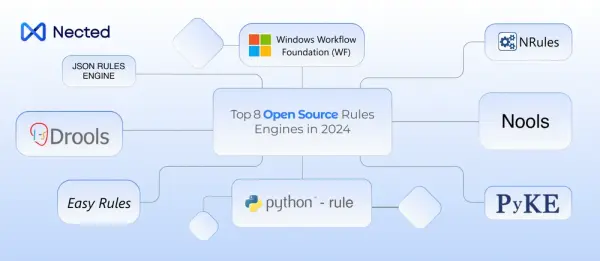



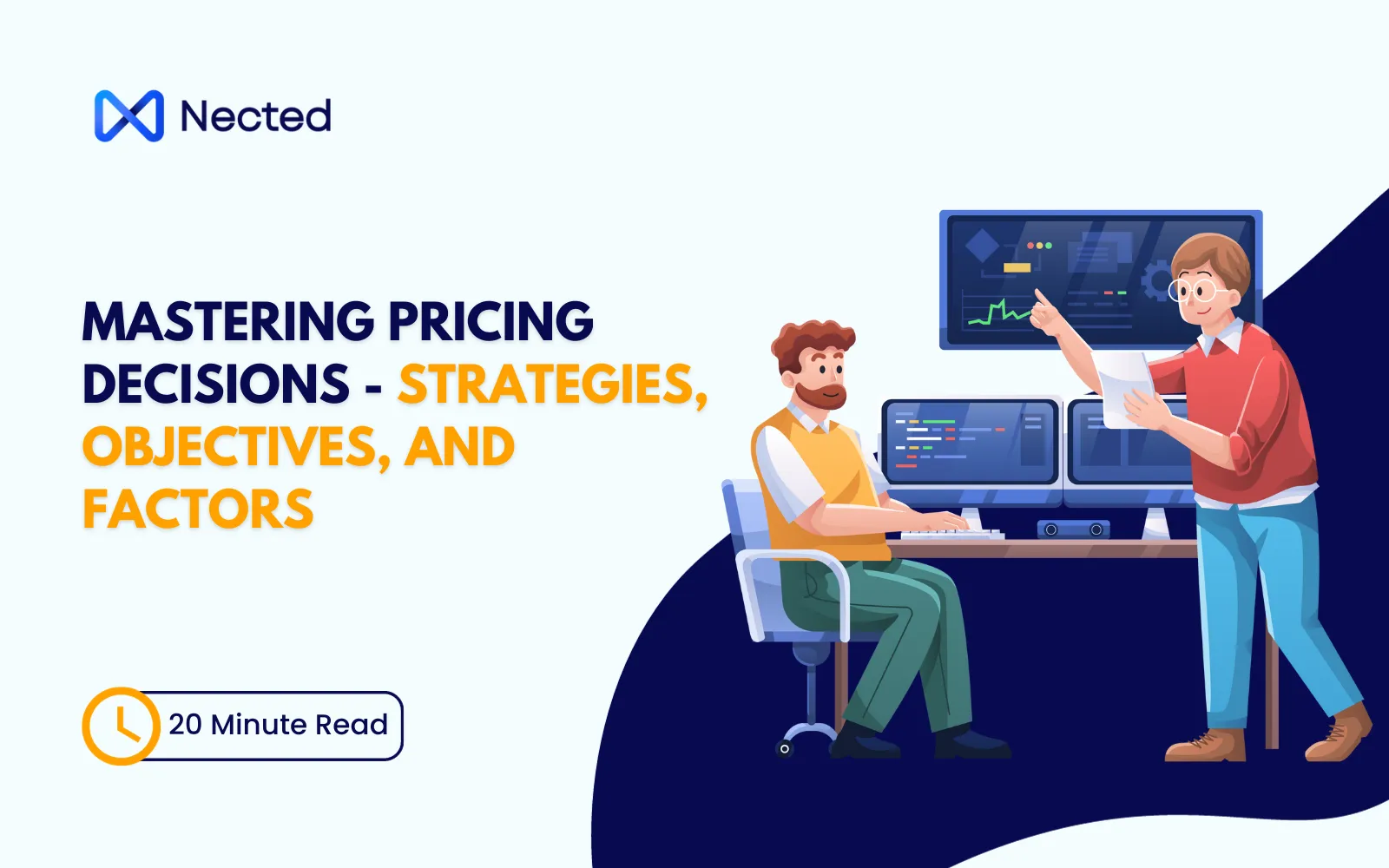
.svg)

.webp)



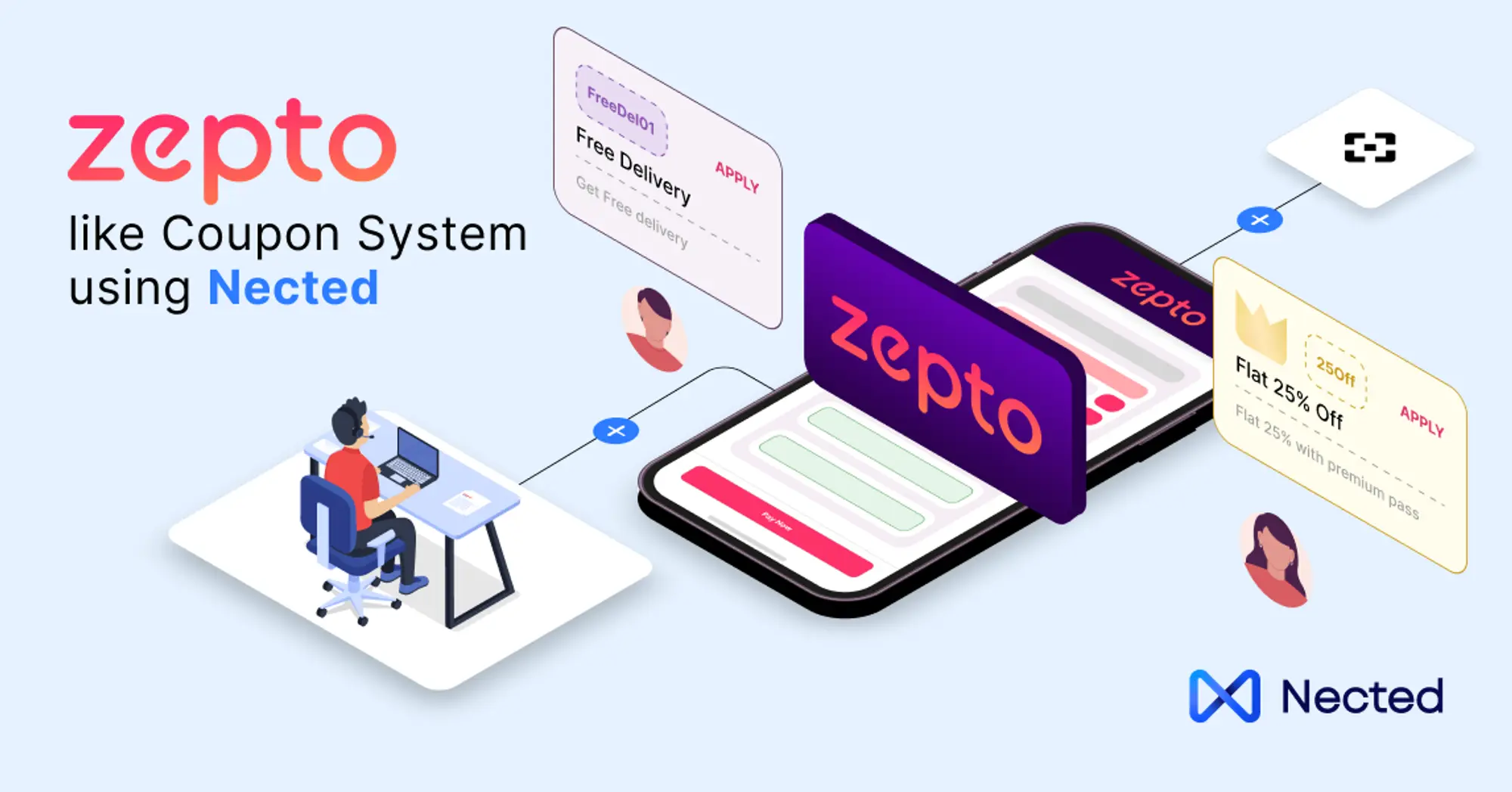
.webp)
.webp)
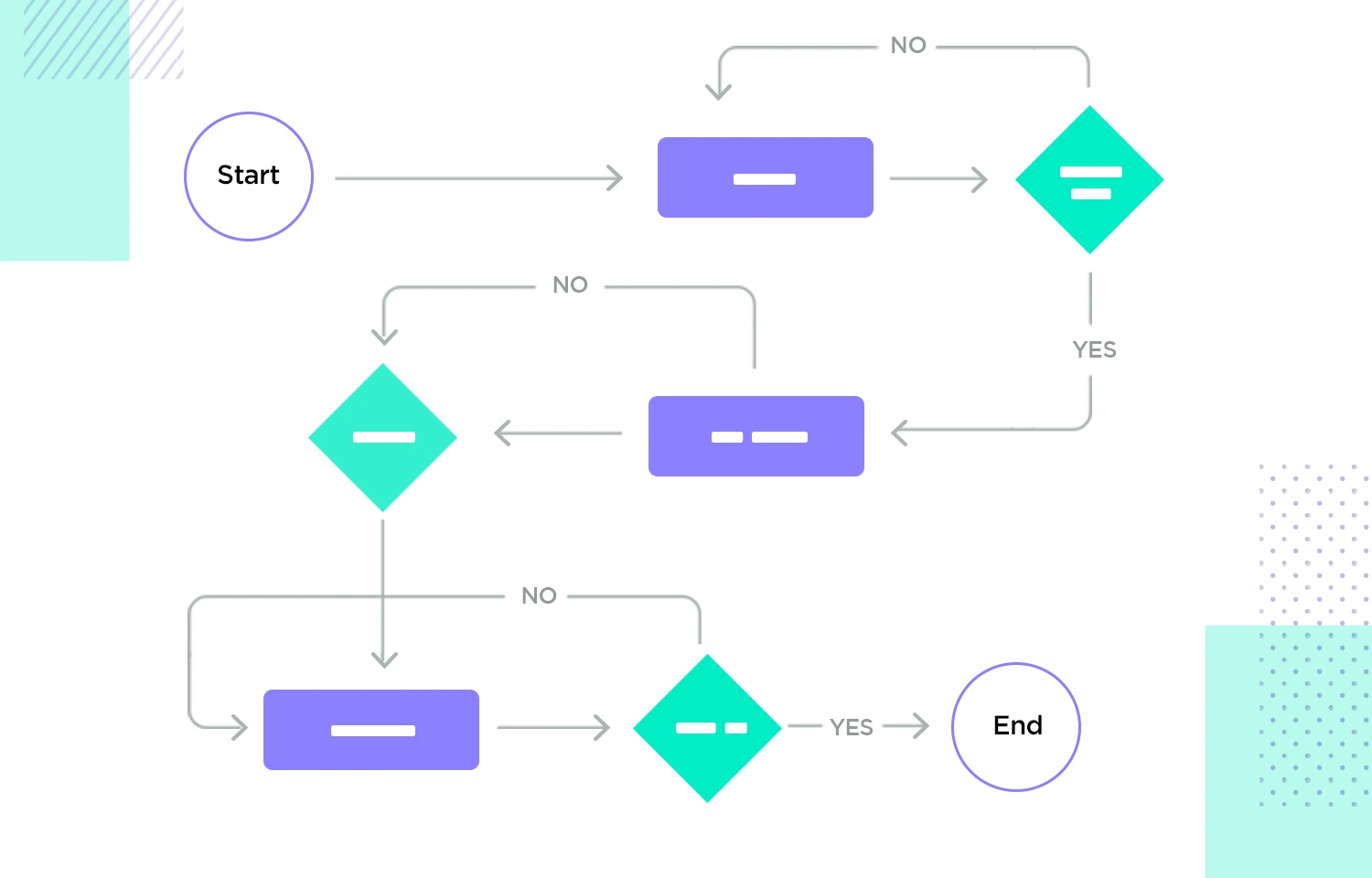
.webp)
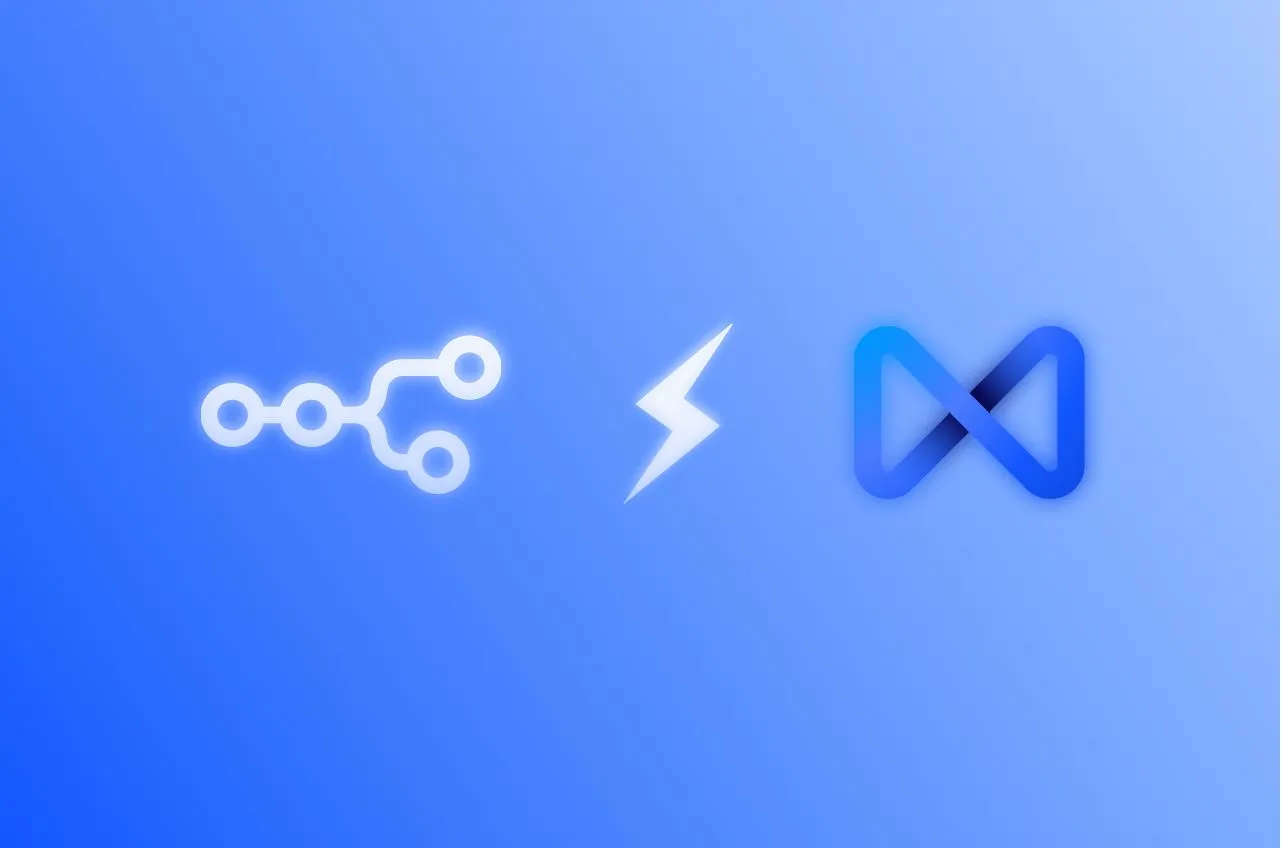

.svg)





.webp)
.svg.webp)
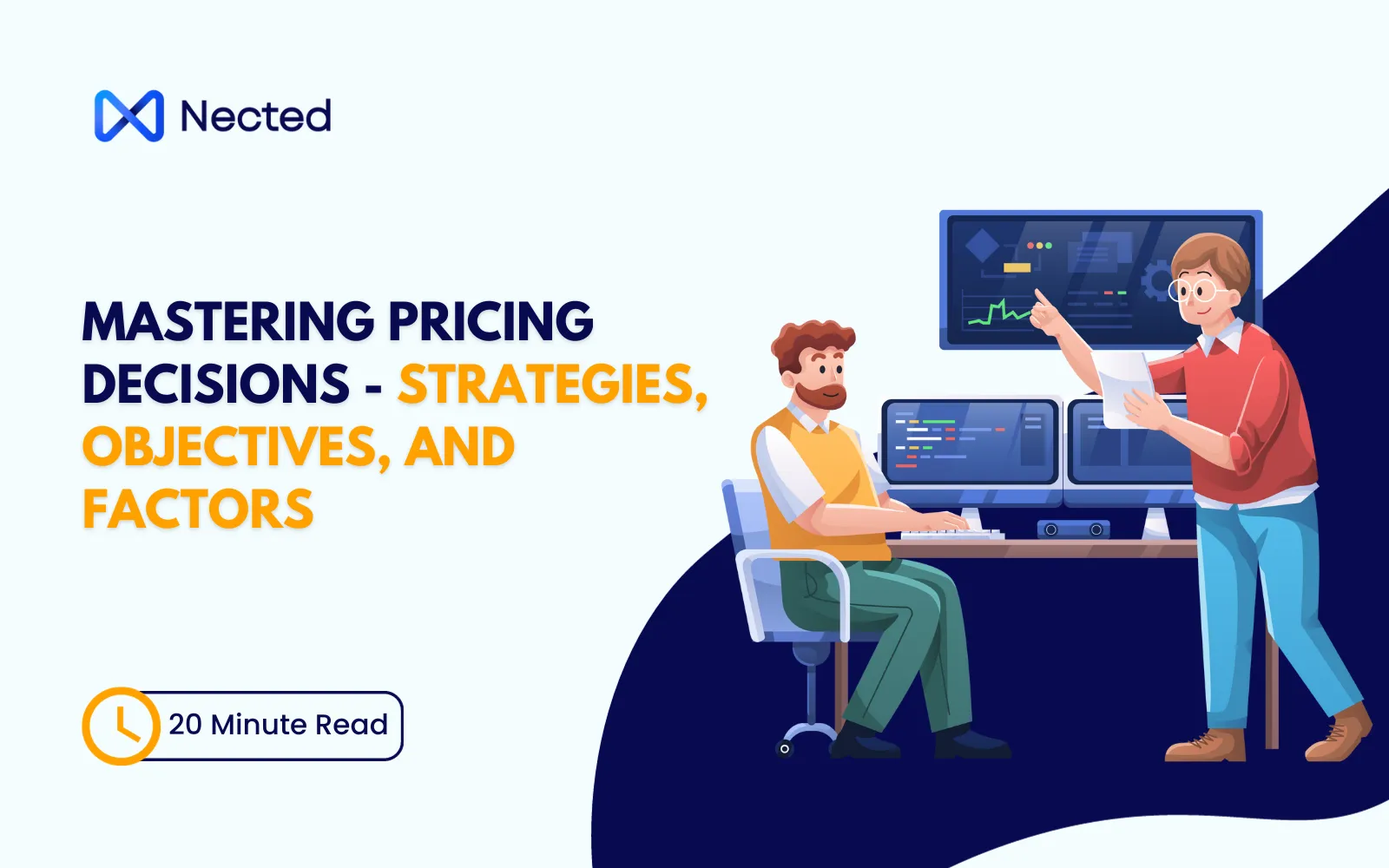

%252520(1).webp)
.webp)
.webp)
%252520(1).webp)


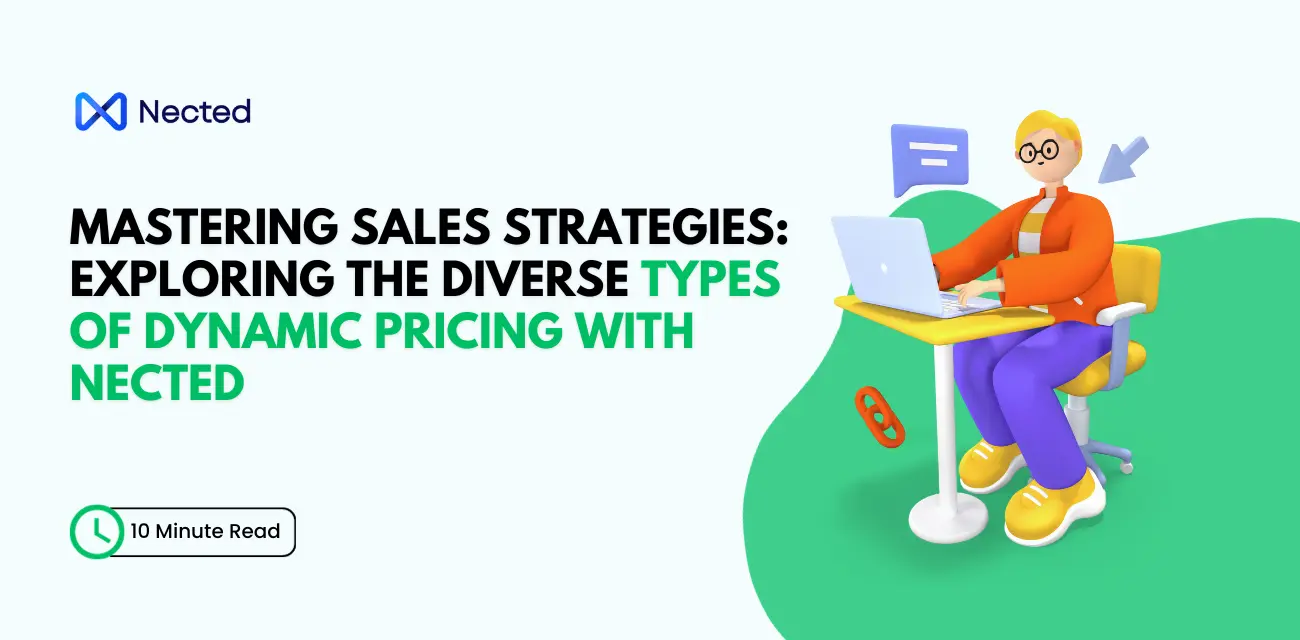
.webp)

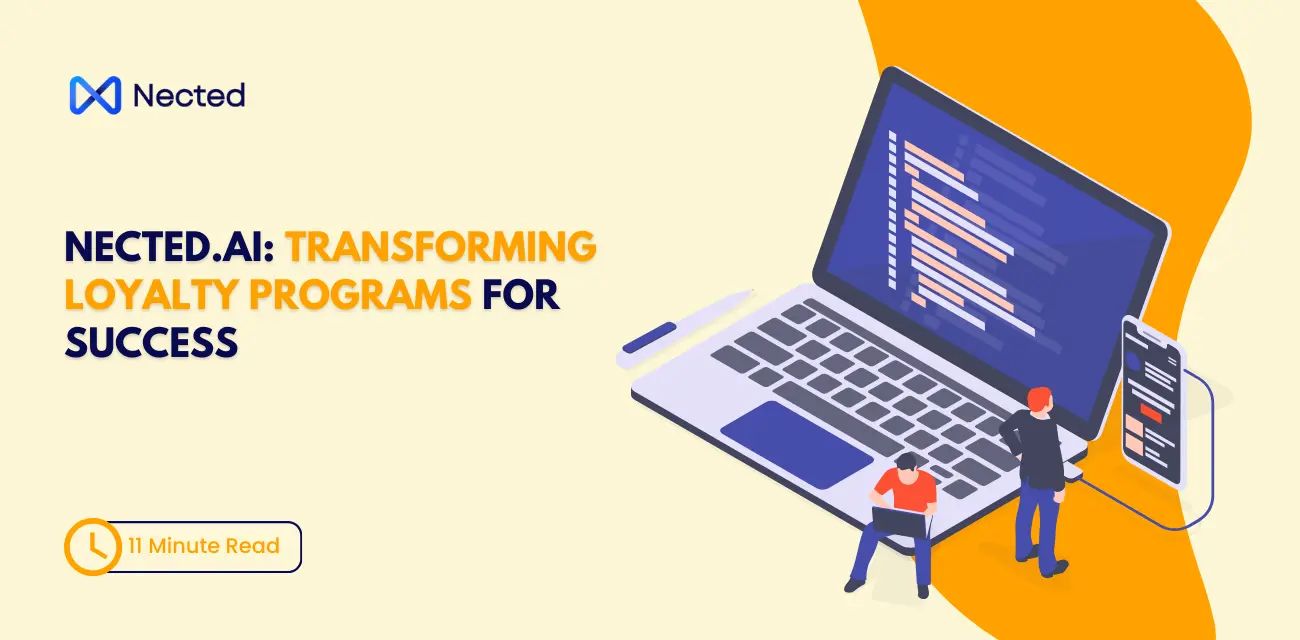
%20m.webp)
.webp)
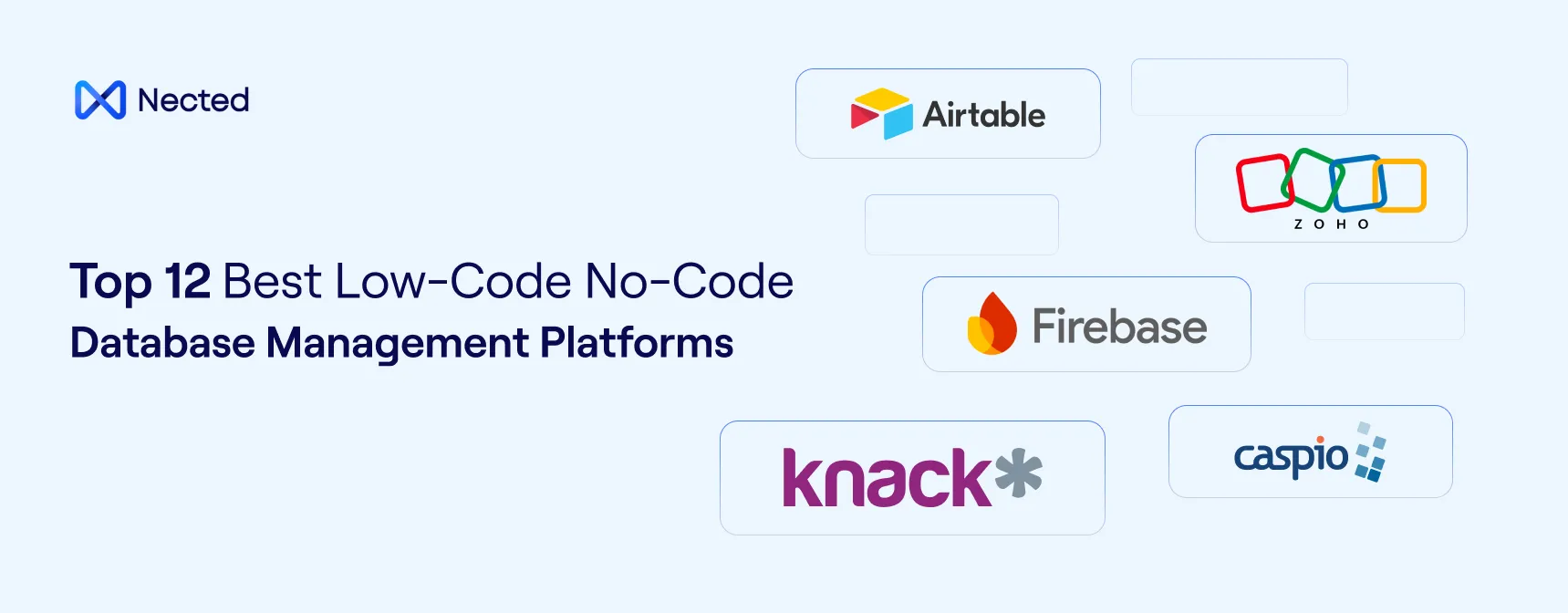

.webp)
.webp)
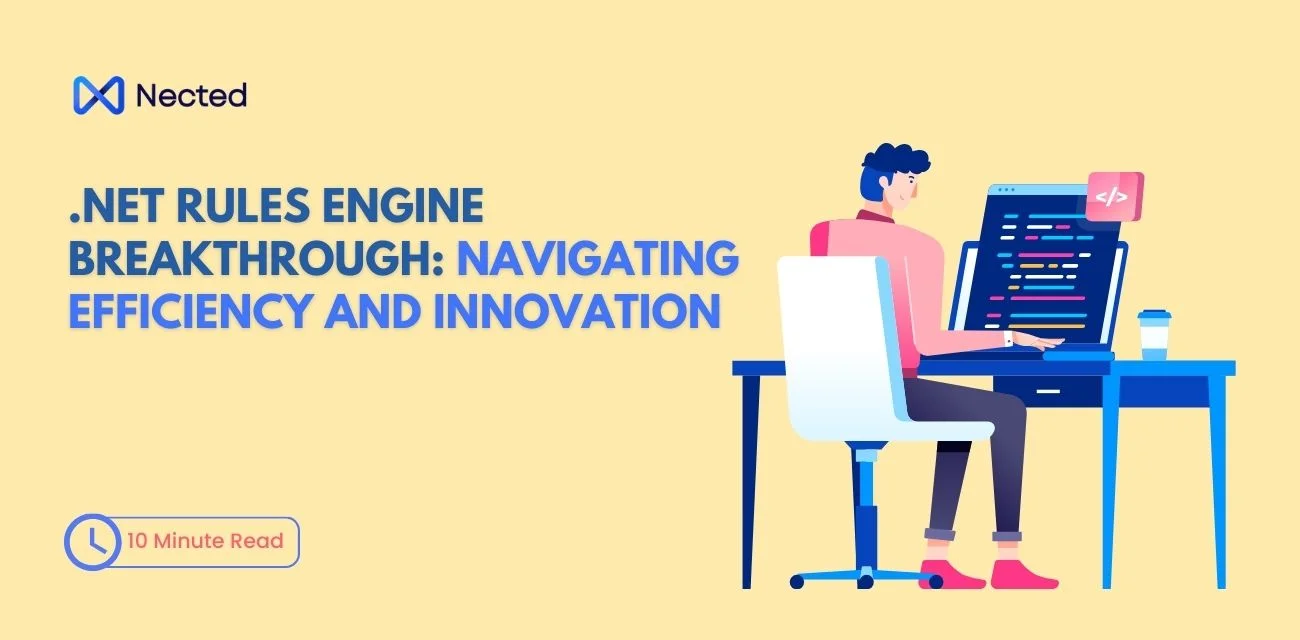
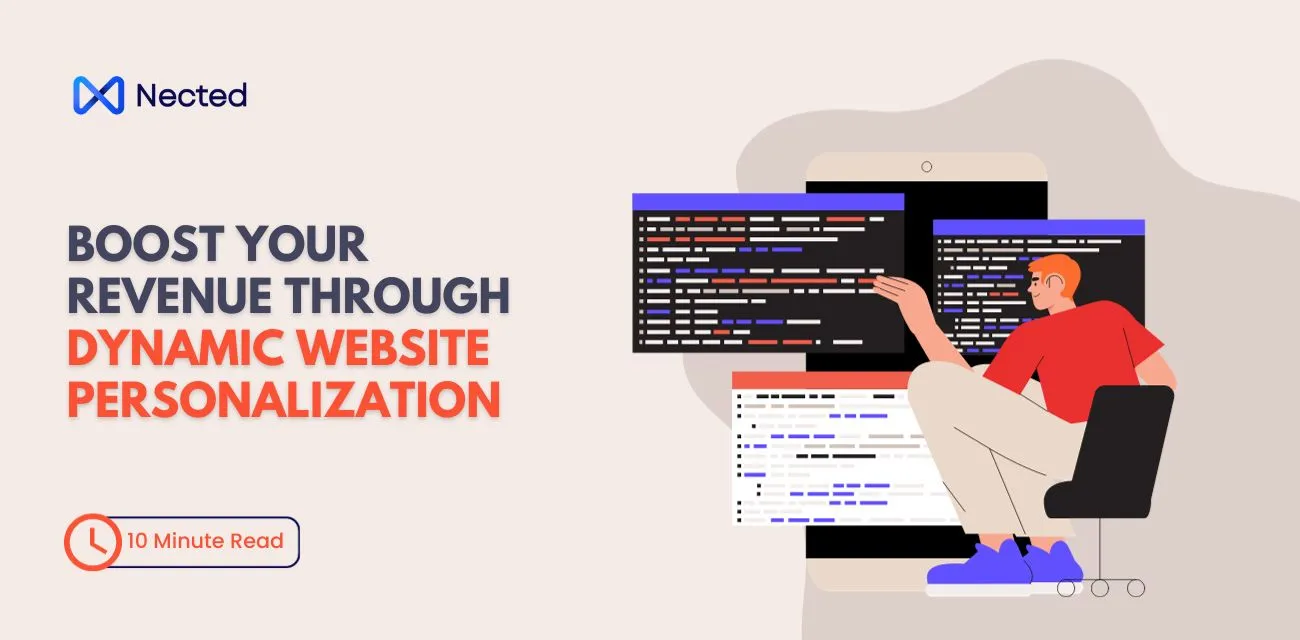
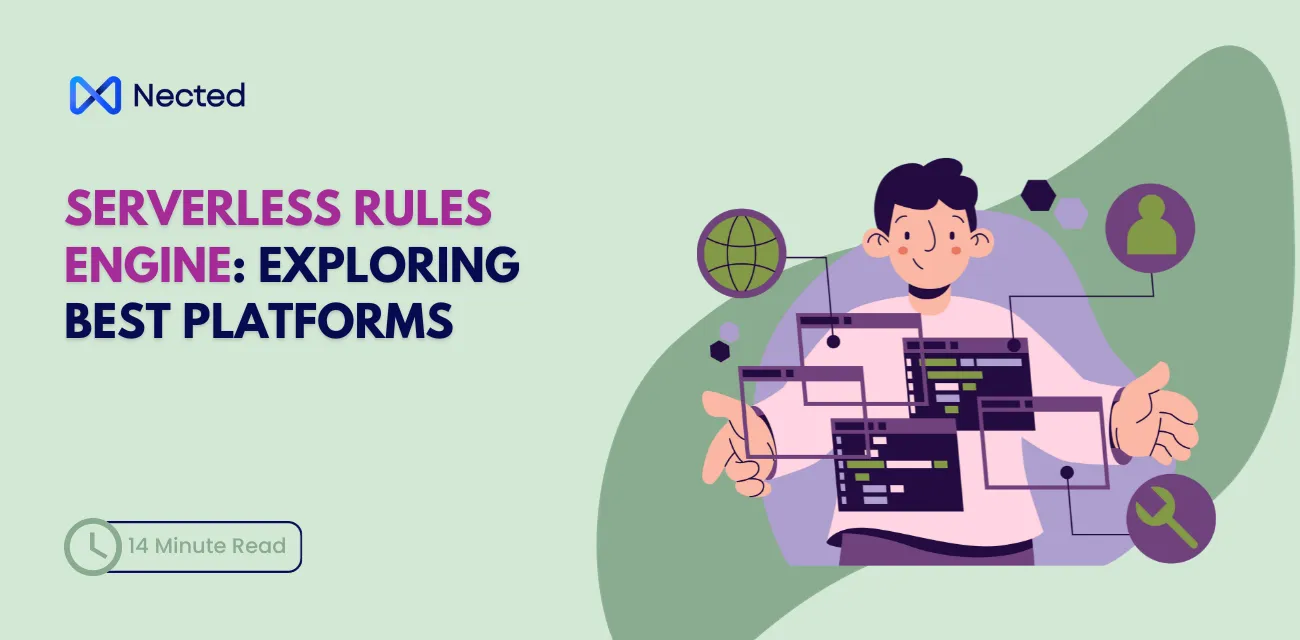



%20(1).webp)
